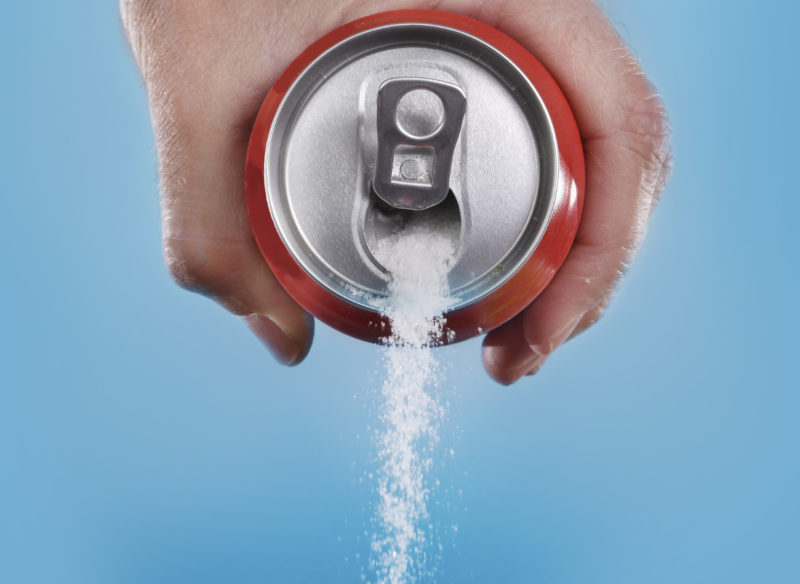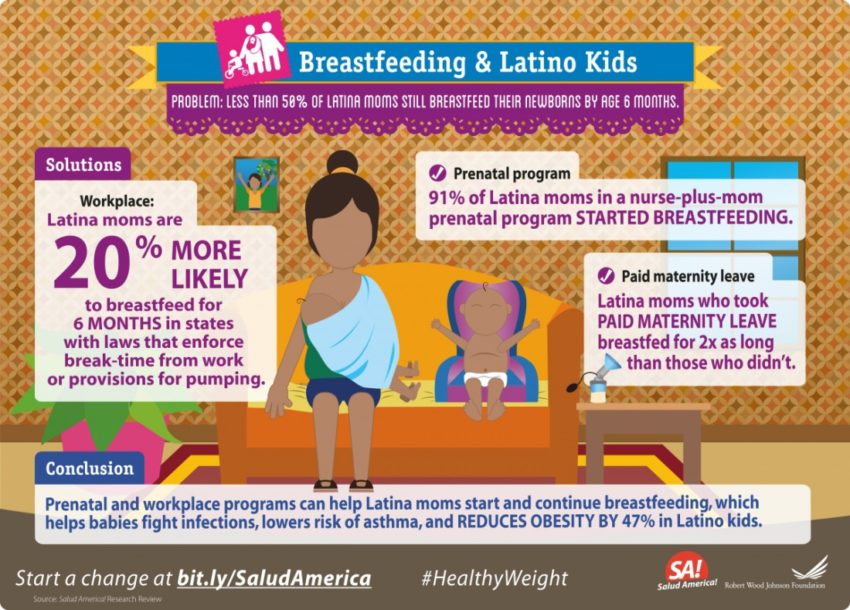Sugary Drinks Research: Latino Kids’ Consumption Rates

This is part of our Sugary Drinks & Latino Kids: A Research Review » Sugary drink consumption among infants, toddlers In the largest longitudinal study of infant feeding practices in the U.S., the Infant Feeding Practices Study II (IFPS II), prevalence of any SSB intake during infancy (between ages 1-12 months) was 25.9 percent in 2005-2007.5 Research from the 2008 Feeding Infants and Toddlers Study (FITS), a cross-sectional survey describing infant feeding practices, nutrient intake, and food consumption patterns of U.S. infants and young children, showed that: 0.6 percent of infants ages 4-5.9 months 5 percent of infants 6-8.9 months and 10.7 percent of infants 9-11.9 months consumed SSBs at least once in a day.6 Prevalence of SSB consumption in a given day ...
Read More



